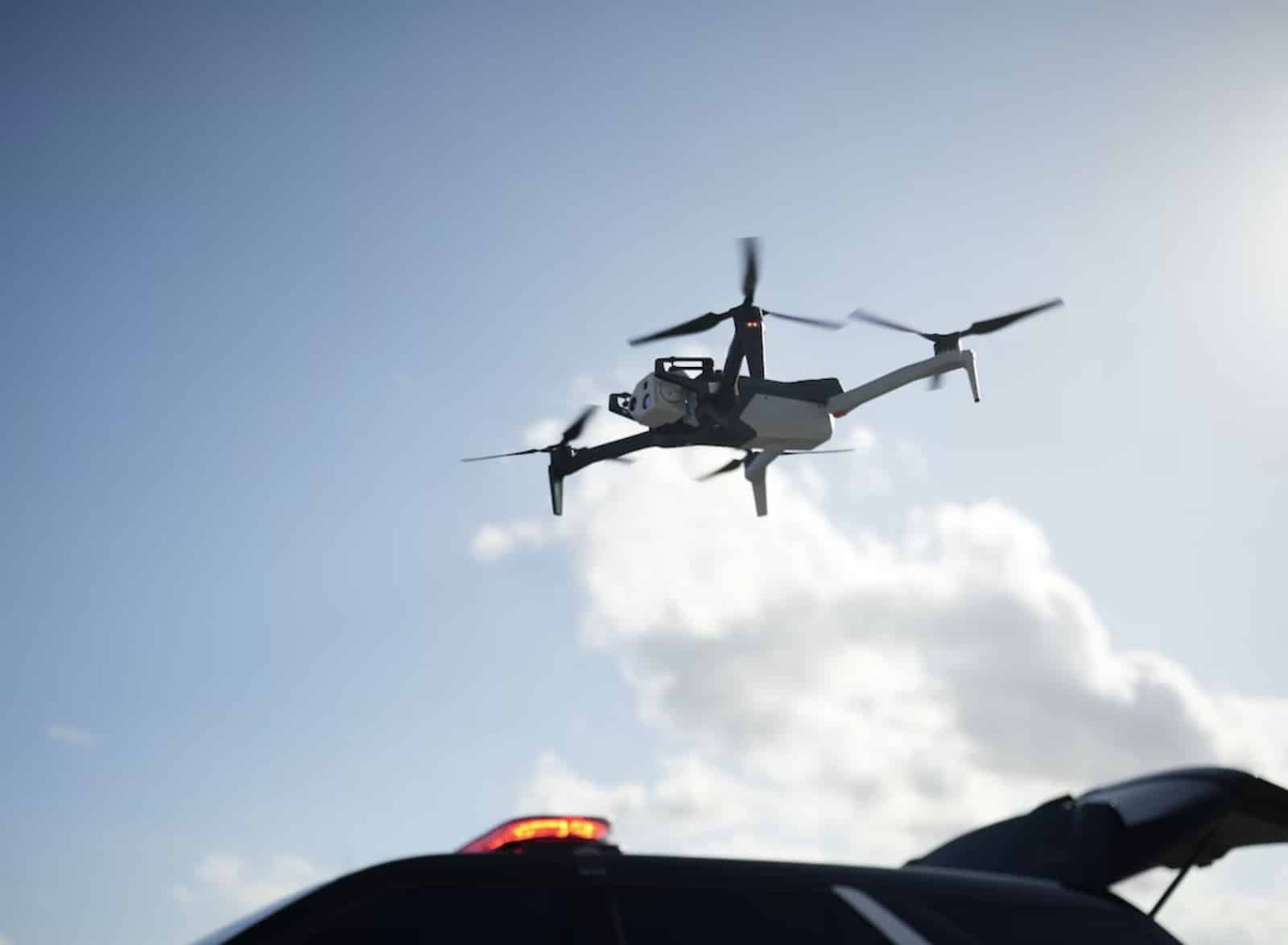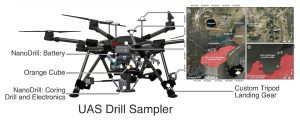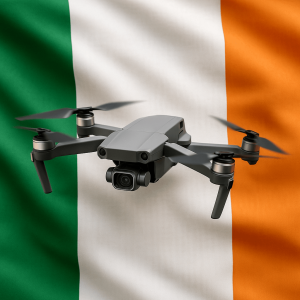Cleveland’s Bold Drone Initiative: Embracing Skydio X10 Technology
In a transformative move for public safety, Cleveland has incorporated the Skydio X10 drone fleet into its police operations. After facing several logistical hurdles, the city now leverages these state-of-the-art, domestically-produced drones to enhance response times, situational awareness, and overall transparency between law enforcement and the public.
Why Choose Drones? Why the Skydio X10?
The growing trend of drones in policing represents a significant shift in handling complex scenarios such as crowd control and emergency responses. Cleveland’s decision to adopt the Skydio X10 was driven by several crucial factors:
- Accelerated emergency responses: Drones can access locations more swiftly than ground vehicles, providing real-time video feeds to decision-makers.
- State-of-the-art evidence collection: High-definition, zoom, and thermal imaging capabilities offer invaluable footage for legal and public examination.
- Boosted efficiency for responders: Acting as force multipliers, drones assist during staff shortages or large public gatherings, such as sports events or concerts.
- Technological reliability and security: By selecting Skydio, a U.S. brand, Cleveland mitigates risks from international supply chains and data security issues.
The Skydio X10 advances public safety tools with high-speed deployment, autonomous flight, and seamless integration with Axon’s evidence management software. Built to withstand Cleveland’s harsh weather, these drones mark a stark contrast to earlier, less durable models.
Key Features of Skydio X10
The Skydio X10 stands out for numerous reasons, earning accolades as a vital police resource:
- Camera Features: Equipped with a 50MP wide camera and a 64MP telephoto lens, plus thermal imaging, it identifies suspects or missing persons in various conditions.
- License Plate and Vehicle Identification: Capable of reading license plates from 800 feet and identifying vehicles from three miles away, with AI-driven recognition detecting people at a range of 2,600 feet.
- Speed and Portability: Weighing under 5 pounds, it launches rapidly, taking just 40 seconds from a backpack to airborne status.
- Adaptability to Weather: Designed to function in rain, low-light, and temperatures as low as -4°F.
- AI Autonomy: The embedded AI navigates obstacles, tracks targets, and facilitates indoor flights without relying on GPS.
- Public Safety Features: Equipped with police lights, a speaker for broadcasting, and real-time alerts for nearby aircraft, enhancing its communication and de-escalation capabilities.
Operational Use in Cleveland
Cleveland’s drone program supports both daily police duties and special event management:
- Monitoring Crowds: Whether during protests or parades, drones oversee large groups, providing video to command centers for real-time decision-making.
- Search and Rescue Missions: Utilizing thermal imaging, the drones significantly improve rescue outcomes, especially in challenging terrains or at night.
- Enhancing Routine Patrols: Drones complement traditional units by scouting and offering aerial views where ground access is restricted.
- Ensuring Transparency: Evidence management follows strict protocols, ensuring all footage is secure and usable in court.
Balancing Public Safety and Privacy
Cleveland strives to enhance public safety while respecting privacy rights and fostering public trust:
- Pilot Certification: With seven FAA Part 107 certified officers, the department aims to increase this number to ensure broader operational capabilities.
- Documented Flights: All flights are meticulously logged, highlighting their purpose, duration, and collected data, with oversight from the Community Police Commission.
- Usage Policies: Publicly accessible and regularly reviewed, these policies address privacy concerns, though initial policy violations highlighted the challenges of implementing new technologies.
- Community Interaction: Engagements with academia and advocacy groups remain central to ensuring accountability and public participation.
Achievements and Challenges
Real-world applications of the drone program have demonstrated tangible benefits:
- Drones reach incidents faster than traditional responders, relaying real-time video for informed, swift decisions.
- In emergencies, they have identified individuals missed by ground searches, underscoring their life-saving potential.
- They aid in tracking stolen vehicles or suspects, allowing officers to perform other critical tasks.
Improvements are ongoing, as past technical challenges encountered by other departments, like NYPD, stress the importance of continuous maintenance and safety enhancements. Legal precedents in states like California also push for transparency, which Cleveland monitors closely.
Cleveland’s Noteworthy Approach
While numerous U.S. cities are experimenting with drones as first responders, Cleveland’s effort stands out due to:
- Rapid Response Integration: Transitioning from pilot programs to comprehensive police applications.
- Technological Synergy: Combining U.S.-made tech, advanced AI, and secure digital evidence systems for a cohesive solution.
- Commitment to Transparency: Maintaining open policy discussions and community feedback channels, even amid initial setup hiccups.
- Weather-Ready Technology: The Skydio X10’s resilience to Cleveland’s weather sets a high standard.
Future Prospects for Cleveland’s Drone Program
Planned expansions aim to:
- Train additional pilots for broader shift coverage and emergency readiness.
- Explore cross-departmental use, including fire and EMS opportunities.
- Refine policies for greater transparency and accountability.
- Integrate future technological enhancements, such as 5G connectivity and advanced broadcasting options.
Expert Insights for Launching a Drone Program
For those contemplating similar advancements:
- Comprehensive Training: FAA certification is crucial for legal and effective operations.
- Engage with the Community: Early transparency efforts mitigate opposition, build trust, and encourage community input.
- Prepare for Future Needs: Demand for drone use can quickly exceed initial forecasts, necessitating logistical foresight.
- Data Management: Develop robust strategies for footage handling to ensure ethical and legal compliance.
- Integrated Systems: Streamlined software solutions reduce administrative workload and support efficient evidence management.
The Human Element: Meet the Team
Cleveland’s drone operators hail from diverse backgrounds, from IT experts and former military personnel to seasoned police officers. This team spirit, combined with humor and camaraderie, helps maintain morale in high-pressure situations. A shared commitment to improvement and community service underscores their critical work.
Reflecting on their impactful contributions, one pilot remarked, “When technology saves a life, its worth becomes undeniably evident.”
Concluding Thoughts: A Model for Innovation
Cleveland’s Skydio X10 deployment is more than a technological leap; it exemplifies how to introduce transformative tools responsibly, prioritizing transparency and community involvement. As Cleveland charts its course ahead, it invites other cities to consider its approach to modern policing, public accountability, and technological integration as a potential blueprint for success.













